Decline in LNG freight market 'likely'
Additional production required to keep unchartered vessels employed is 'not on the cards', says research firm.
Source: Drewry Maritime Research
Drewry's latest LNG Insight saw heating demand subside in major importing regions in February. Cargo availability also tightened because of a few unplanned shutdowns, leading to a 4% decline in the LNG Freight Index.
LNG shipping enjoyed a dream run during 2011 and 2012, owing largely to increasing tonne-mile demand and an almost stagnant fleet. Freight market prospects would be even brighter if fleet supply were to remain at current levels, but this will not be possible as 81 more vessels could join the fleet during 2013-15, while only 10 vessels could be considered as demolition candidates. The fleet could grow to 430 vessels (accounting for projected demolitions) by the end of 2015, representing a rise of 20% from current levels.
The orderbook-to-fleet ratio was 30% at the end of February, while it was just over 8% at the end of 2010. In 26 months, fresh orders for 89 vessels aggregating 14.5 million cbm were placed.
Based on liquefaction capacity addition plans in Australia and the US, the LNG shipping industry could need many more vessels in the latter half of the decade than are currently on order. A few positive developments in Africa also indicate that LNG production could rise significantly if everything goes as planned.
However, the major concern for shipowners is that not much liquefaction capacity will be added during 2013-15, when most of the new vessels are delivered. Reports of a possible re-start of Japanese nuclear facilities could also return the market to the times when vessels waited for months waiting for employment or for commissioning of the project with which they were ordered.
Japan was the single largest factor driving the market in 2012, and the trend is expected to continue in 2013, as re-starting all of the nuclear facilities cannot be a hurried process. Still, the medium-term outlook for unchartered vessels does not appear bright as about 40 million tonnes per annum of additional production would be required to keep these vessels employed. Unfortunately, this is not on the cards, so the short-term and spot freight markets are likely to start falling soon.
The Drewry LNG Freight Index is freight rate assessments based on actual deals and market reports for a conventional LNG carrier of 160,000-173,000 cbm and less than five years of age. Hire period for long-term freight rate assessments are for charter durations of 15 years or more, while short-term freight rate assessments are based on charter duration of one to three years. Base year for the Index is January 2005.
Drewry's latest LNG Insight saw heating demand subside in major importing regions in February. Cargo availability also tightened because of a few unplanned shutdowns, leading to a 4% decline in the LNG Freight Index.
LNG shipping enjoyed a dream run during 2011 and 2012, owing largely to increasing tonne-mile demand and an almost stagnant fleet. Freight market prospects would be even brighter if fleet supply were to remain at current levels, but this will not be possible as 81 more vessels could join the fleet during 2013-15, while only 10 vessels could be considered as demolition candidates. The fleet could grow to 430 vessels (accounting for projected demolitions) by the end of 2015, representing a rise of 20% from current levels.
The orderbook-to-fleet ratio was 30% at the end of February, while it was just over 8% at the end of 2010. In 26 months, fresh orders for 89 vessels aggregating 14.5 million cbm were placed.
Based on liquefaction capacity addition plans in Australia and the US, the LNG shipping industry could need many more vessels in the latter half of the decade than are currently on order. A few positive developments in Africa also indicate that LNG production could rise significantly if everything goes as planned.
However, the major concern for shipowners is that not much liquefaction capacity will be added during 2013-15, when most of the new vessels are delivered. Reports of a possible re-start of Japanese nuclear facilities could also return the market to the times when vessels waited for months waiting for employment or for commissioning of the project with which they were ordered.
Japan was the single largest factor driving the market in 2012, and the trend is expected to continue in 2013, as re-starting all of the nuclear facilities cannot be a hurried process. Still, the medium-term outlook for unchartered vessels does not appear bright as about 40 million tonnes per annum of additional production would be required to keep these vessels employed. Unfortunately, this is not on the cards, so the short-term and spot freight markets are likely to start falling soon.
The Drewry LNG Freight Index is freight rate assessments based on actual deals and market reports for a conventional LNG carrier of 160,000-173,000 cbm and less than five years of age. Hire period for long-term freight rate assessments are for charter durations of 15 years or more, while short-term freight rate assessments are based on charter duration of one to three years. Base year for the Index is January 2005.
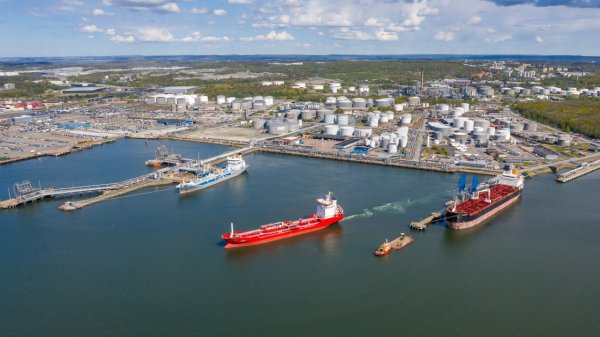
|
Swedish biomethane bunkered in Gothenburg
Test delivery performed by St1 and St1 Biokraft, who aim to become large-scale suppliers. |
|
|
|
||
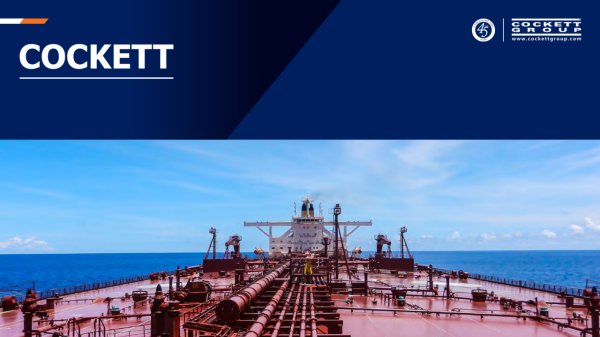
|
Cockett to be closed down after 45 years
End of an era as shareholders make decision based on 'non-core nature' of Cockett's business. |
|
|
|
||
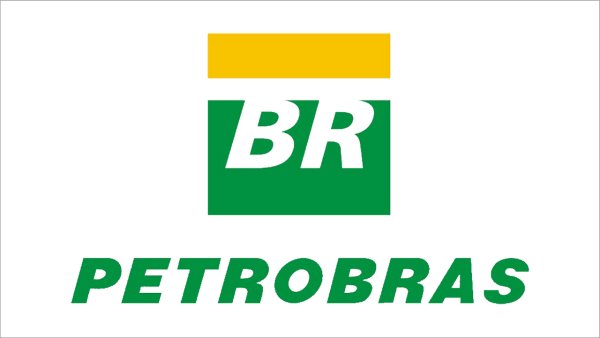
|
Petrobras confirms prompt availability of VLS B24 at Rio Grande
Lead time for barge deliveries currently five days. |
|
|
|
||
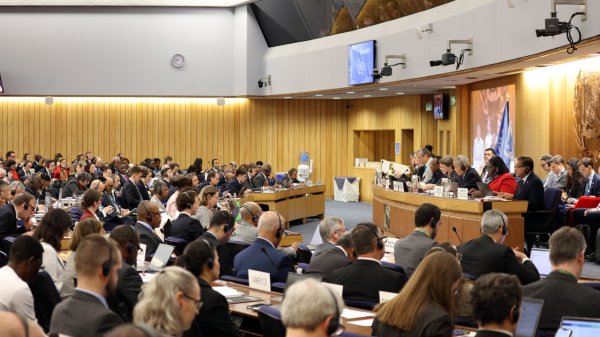
|
IMO approves pricing mechanism based on GHG intensity thresholds
Charges to be levied on ships that do not meet yearly GHG fuel intensity reduction targets. |
|
|
|
||

|
VARO Energy expands renewable portfolio with Preem acquisition
All-cash transaction expected to complete in the latter half of 2025. |
|
|
|
||

|
NYK trials biofuel in milestone coal carrier test
Vessel is used to test biofuel for domestic utility company. |
|
|
|
||
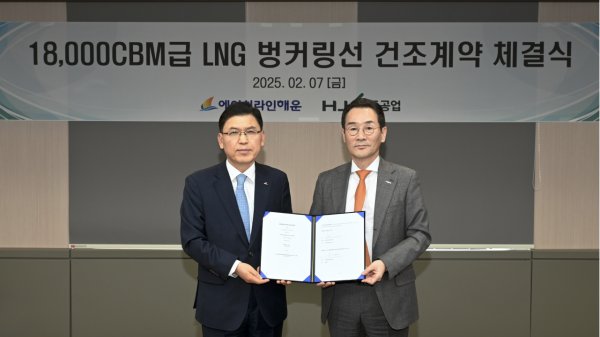
|
H-Line Shipping orders LNG bunkering vessel
Vessel with 18,000-cbm capacity to run on both LNG and MDO. |
|
|
|
||

|
How to engineer and manage green shipping fuels | Stanley George, VPS
Effective management strategies and insights for evolving fuel use. |
|
|
|
||

|
Swedish government bans scrubber wastewater discharges
Discharges from open-loop scrubbers to be prohibited in Swedish waters from July 2025. |
|
|
|
||
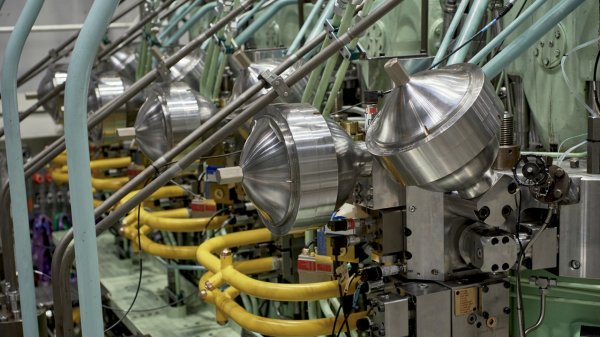
|
MAN Energy Solutions achieves 100% load milestone for ammonia engine
Latest tests validate fuel injection system throughout the entire load curve. |
|
|
|
||
Related Links
- · Rising LNG prices impacting the market [Insights]
- · United Kingdom [Directory]

